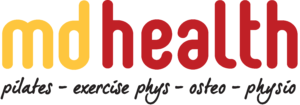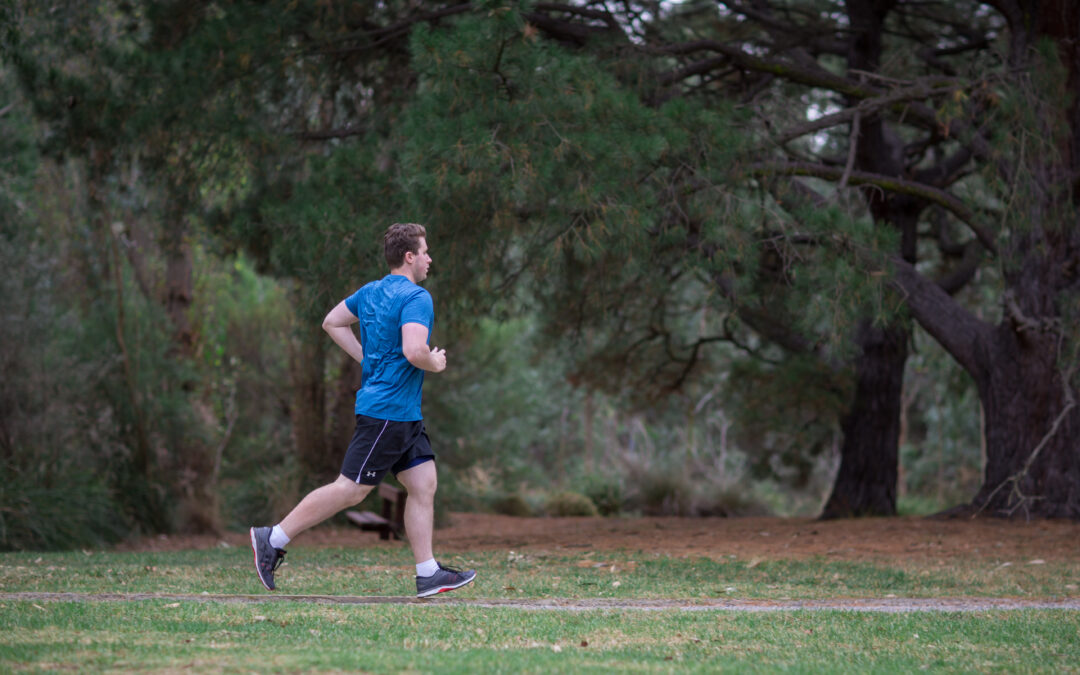Are you ready to start running again? Did you take a break … maybe because of an injury or lack of motivation or work / family responsibilities?
It’s not too difficult to start running again from a week or two off, but if you’ve taken several weeks or months off, it is important to ease back into your routine carefully to avoid overtraining which can lead to injuries or even re-injuring old injuries leading to frustration when you don’t meet your goals.
If you have taken a break due to injury, you should wait until you are pain-free before you return to running. Start slowly and incorporate strength and resistance training into your routine, also called cross training. Research shows that resistance training for runners can help aid in recovery and help prevent further injury. Some common examples of running injuries include; runner’s knee, achilles tendinitis, shin splints, hamstring injuries, plantar fasciitis and stress fractures to name a few.
Depending on the severity of your injury, it may be a good idea to get clearance from your doctor or from an exercise physiologist or physiotherapist first. They should be able to give you advice and a personalised training schedule that helps you create new habits and gradually build your kilometers safely.
Start with consistency first
Run regularly before you start worrying about how fast or how far you run. You could start with a brisk walk and or walk / run intervals. Remember you are in the process of rebuilding your running habits and reconditioning your muscles, tendons, ligaments and connective tissue in your legs. As well as your cardiac and endurance fitness.
As mentioned before, if you cross train on non-running days, you can increase your endurance and build strength without over-stressing your joints and increasing risk of injury. Some examples include; cycling, strength / resistance training and Pilates. Incorporating a full day of rest can also be beneficial for recovery during running and resistance training days. Some muscles to strengthen include your quadriceps, gluteal muscles, hamstrings, calves and core of course. Make sure you include good nutrition as well.
As you get back to running, take care with the amount (duration & distance) that you are running in the first 6-8 weeks as you build up your running tolerance in your body again. Steady incremental increase of 10% over a week or so in one area is enough, such as working on your speed or distance is plenty. You may also enjoy running with others to help you be accountable and keep you motivated.
If you have any questions and would like to chat about our return to running protocol that we do please give us a call or email.
Do you have any questions?
- Call us on (03) 9857 0644 or (07) 3505 1494 (Paddington)
- Email us at admin@mdhealth.com.au
- Check out our other blog posts here
Our clinical staff would be happy to have chat if you have any questions.
Take the first step to a healthier you!
Would you prefer for someone to contact you to book your FREE Full Body Assessment*?
Please fill in this form and someone from MD Health will be in touch with you soon.
Alternatively please call us on:
07 3505 1494 (Paddington – Brisbane (QLD) Clinic)
Or email us:
admin@mdhealth.com.au (VIC) paddington@mdhealth.com.au (QLD)
*Please note only the Full Body Assessment is a FREE service. The Full Body Assessment is for new clients at MD Health or returning clients who haven’t been in for 6 months or longer who intend to particpiate in our 13 Week Clinical Pilates Program**.
For all new clients who wish to come in for a one-off, casual or adhoc basis for Physiotherapy or Exercise Physiology the Initial Physiotherapy or Initial Exercise Physiology appointment is a paid service.
** The 13 Week Clinical Pilates Program at MD Health is not a lock in contract and you are not required to attend for the full 13 weeks if you do not wish.
This site is protected by reCAPTCHA and the Google Privacy Policy and Terms of Service apply.



